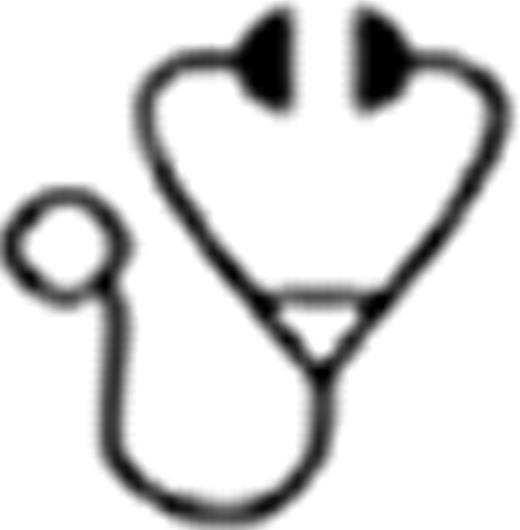Abstract
Abstract  515
515
Dyskeratosis congenita (DC) is an inherited bone marrow failure syndrome that results from impaired telomere maintenance. The classic triad (dysplastic nails, skin pigmentation, and oral leukoplakia) is diagnostic of DC but significant clinical heterogeneity can exist, even within a family. Leukocyte telomere lengths less than the first percentile for age are diagnostic of DC. Patients with DC are at high risk of bone marrow failure (BMF), myelodysplastic syndrome, cancer, pulmonary fibrosis, liver disease and other complications.
Currently, germline mutations in 1 of 8 telomere biology genes (DKC1, TERC, TERT, TINF2, NOP10, NHP2, WRAP53, and CTC1) are known to cause ∼50–60% of DC cases. Our longitudinal cohort study conducts detailed medical record review and clinical examinations of patients with DC and their family members. DC is diagnosed based on the presence of the diagnostic triad or 1 of the triad plus BMF. All DC patients had telomeres <1st percentile. Patients are classified as DC-like if they have telomeres <1st percentile and other features, such as BMF or family history, suggestive of DC. All participants in this study were negative for mutations in the known DC genes.
We performed whole exome sequencing (WES) on two DC families using an enriched multiplexed sequencing library (Nimblegen v2) and sequenced on an Illumina HiSeq™. Variants were removed from analyses if they did not pass quality control filters or were present more than 3 times in publically available databases (1000Genomes, ESP, Kaviar, and dbSNP). Since DC can be inherited in autosomal dominant, autosomal recessive, and X-linked manners, we evaluated all inheritance models in our families. Additionally, if healthy family members had very short telomeres, they were also evaluated as potential silent carriers, since this approach has facilitated the identification of other DC genes. Nonsynonymous variants were considered deleterious if SIFT, PolyPhen 2, and Condel predictions were consistent.
Family 1 has 2 siblings with the Hoyeraal Hreidarsson syndrome (HH) variant of DC, which includes features of DC plus cerebellar hypoplasia. In that family, WES revealed autosomal dominant inheritance of a nonsense mutation in RTEL1 (Regulator of Telomere Elongation Helicase 1), p.Arg1010Stop. Their mother, who has lymphocyte telomere lengths at the 1st percentile, is a clinically silent carrier of this mutation; the severe phenotypes present in her children are likely an example of genetic anticipation. In family 2, we found 2 RTEL1 mutations, a nonsense (p.Arg998Stop) and a deleterious missense (p.Glu615Asp) mutation, that were inherited from the father and mother, respectively. One clinically healthy child inherited only the missense mutation, but has telomeres <1st percentile. The other child has HH and extremely short telomeres; he is a compound heterozygote, having inherited both the missense and nonsense mutations in RTEL1.
We subsequently performed targeted sequencing of the entire RTEL1 gene in all of our mutation-negative DC (n=11) and DC-like (n=14) families. We identified missense mutations in RTEL1 in 2 additional families. Family 3 has 2 DC-like siblings, but only the proband's DNA was available for sequencing. He was heterozygous for a deleterious missense mutation (p.Ala645Thr) in a conserved helicase domain of RTEL1. In family 4, a mutation was inherited in an autosomal recessive manner by a proband with HH. This mutation is intronic except for a read-through transcript of RTEL1-TNFRSF6B, which utilizes an alternative exon 34. If translated, this variant results in the amino acid change p.Arg1264His, which is likely deleterious; if not, this mutation may affect nonsense-mediated decay or induce a regulatory change in RTEL1 expression.
RTEL1 is an essential, evolutionarily conserved DNA helicase that is important for DNA replication and telomere elongation. Depletion of mRTEL1 from mouse embryonic stem cells results in telomeric loss and chromosomal instability. All individuals with germline RTEL1 mutations in this study have short telomeres, which underscores the functional importance of RTEL1 in human telomere maintenance. In summary, by employing WES followed by targeted sequencing, we discovered mutations in RTEL1 in 4 DC families, indicating that dysfunctional RTEL1 is a biologically plausible cause of DC.
No relevant conflicts of interest to declare.
Author notes
Asterisk with author names denotes non-ASH members.

This icon denotes a clinically relevant abstract

